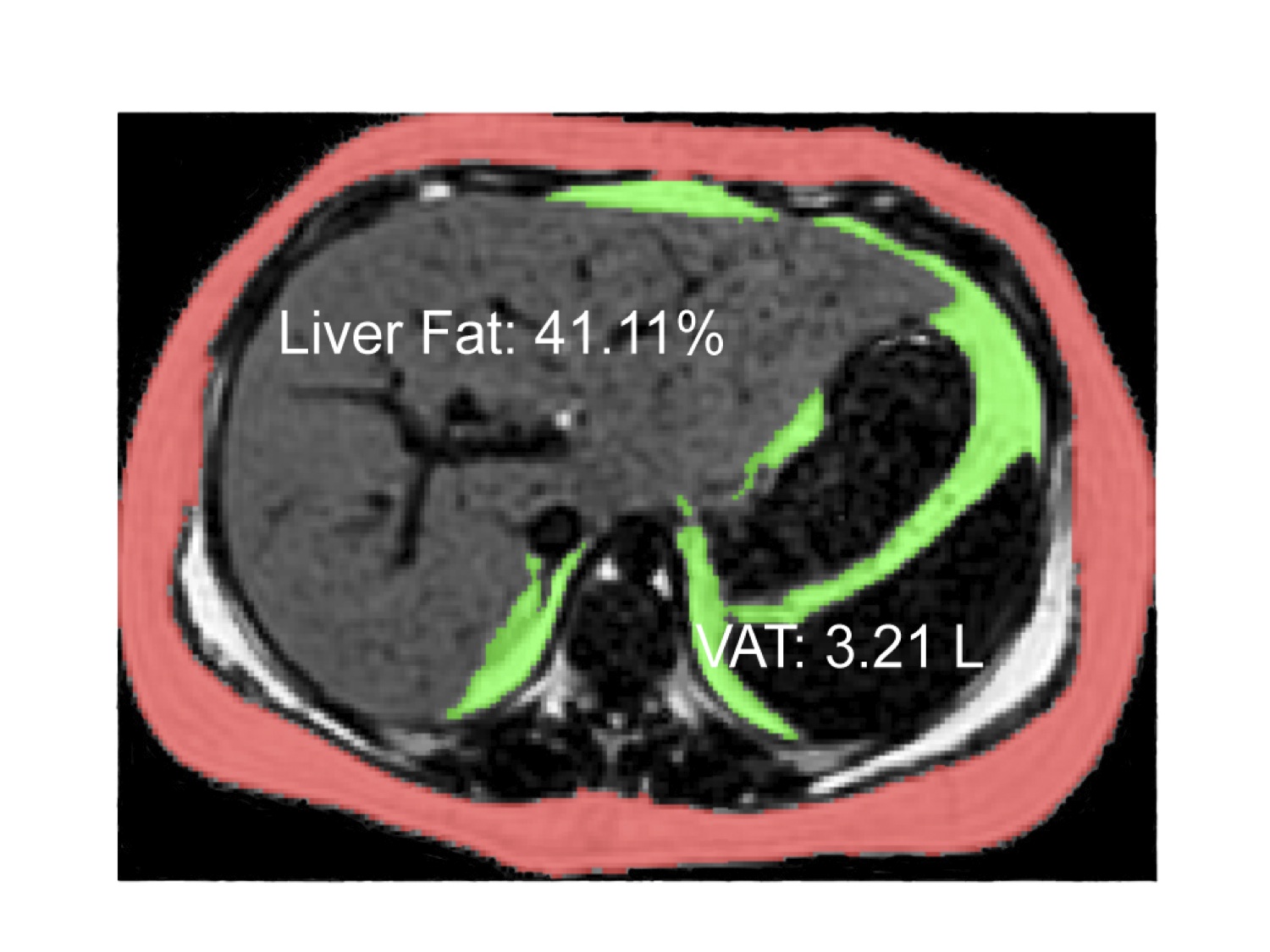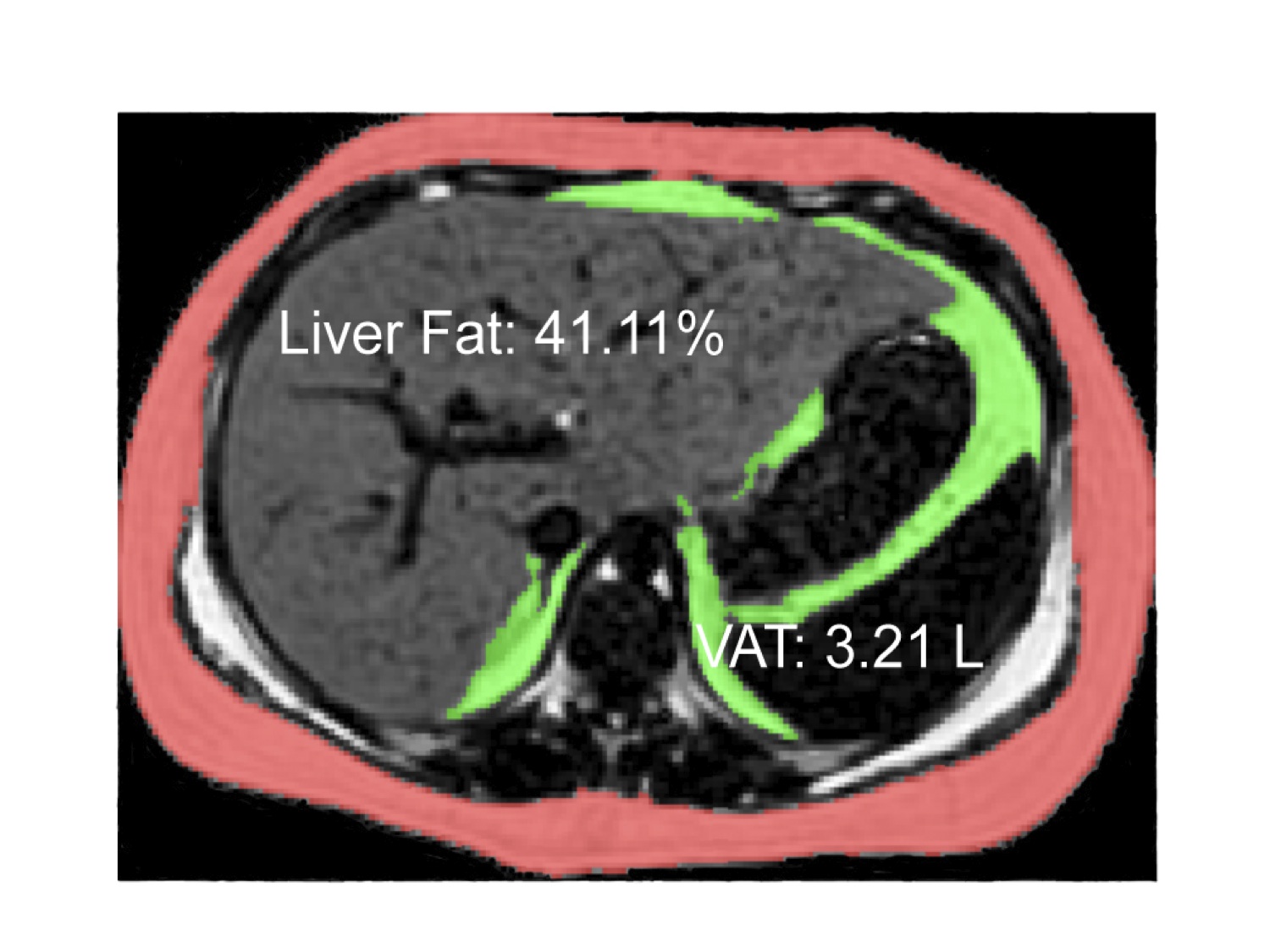
NAFLD is the most common cause of fatty liver disease in the U.S., serving as a precursor to non-alcoholic steatohepatitis, which can lead to cirrhosis, permanent liver damage and liver cancer. Adding insult to injury, NAFLD is also associated with the development of type 2 diabetes and influenced by genetics. Multiple studies have shown that Hispanics are genetically predisposed to fatty liver disease with a recent study identifying the PNPLA3 gene, which is linked with over 2-fold higher liver fat content. Almost 50% of Hispanics carry this gene as opposed to around 20% of other populations. Furthermore, the impact of this gene is manifested in children as young as 8 years of age.
Beyond genetics, fatty liver disease has another accomplice – dietary sugars,specifically fructose. Most fructose is quickly converted into fat in the liver, and when consumed in abundance, thats ugar-turned-fat is stored in the liver, potentially leading to NAFLD. It is important to note that fructose is also known as “fruit sugar” because it naturally occurs in most fruit. Fructose in this form is housed in fiber-rich flesh, which serves as a sort of antidote to the negative effects of fructose breakdown.However, fructose is most commonly found as high fructose corn syrup (HFCS) and normal table sugar, which is not encased in a friendly fiber flesh, making it more likely to to wreak havoc on livers. This type of fructose is added to everything from breads, cookies, and chips to soda, yogurt, and sports drinks.
Complicating matters is new evidence of a gene-diet interaction in Hispanics wherein higher liver fat is linked with higher sugar intake in subjects carrying a specific variant of the PNLPA3 gene. Thus, Hispanics carrying the PNPLA3 variant coupled with a high sugar diet (specifically high fructose which is a substrate for conversion to fat in the liver) are particularly susceptible to increased liver fat and subsequent disease.
Further exacerbating the Hispanic vulnerability, sugar and fructose consumption in Mexico has increased dramatically. Of all countries, Mexico appears to have the“sweetest tooth” and has the highest per capita consumption of Coca Cola in the world (675 servings per capita per year, as compared to 394 in the U.S). Just like it dominates the Mexican beverage industry, sugar also dominates marketing to children. Food advertising in Mexico is over 10% more during children’s television programming compared to general audience programming with the majority of advertisements for sugar-sweetened beverages,sweets, and cereals with added sugar.
Consumption of sugar and HFCS in Mexico is strongly influenced not just by individual preferences but also by global trade policies. For a long time the US was banned from exporting HFCS to Mexico under a ruling from the North American Free Trade Agreement (NAFTA). However, after a long protracted legal case, this ruling was overturned by the World Trade Organization. This has resulted in an explosion of exports of HFCS from the US to Mexico, increasing exponentially in the last few years. This is likely going to have a huge impact on the“foodscape” in Mexico with the likely replacement of sugar by HFCS, introduction of a broader range of processed foods made with HFCS and a resulting dramatic increase in fructose exposure in the population. Couple this with the genetic predisposition and a gene by diet interaction and you have the makings of a“perfect storm” for fatty liver disease in Mexico. We are already seeing the beginnings of this in the Hispanic populations of the United States. For example, liver disease is now the 4th leading cause of death among Hispanic men in Los Angeles County.
With a genetic tendency to deposit fat in the liver, an increasingly high sugar diet(namely fructose), and a rapid rise in childhood obesity, the Hispanic population in particular is highly vulnerable to fatty liver disease. A variety of public health measures are required to address this issue.
At the individual level, Hispanics in particular should avoid at all costs any foods or beverages made with high fructose corn syrup and also reduce consumption of foods with added sugar and other sweeteners. Food and beverage companies should be required to provide better labeling to indicate fructose content. And ultimately, at the broader macro level, trade and agricultural policies should consider not just the economic impact but also the public health impact of new policies.





Comments